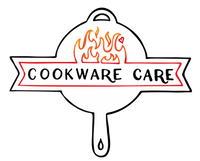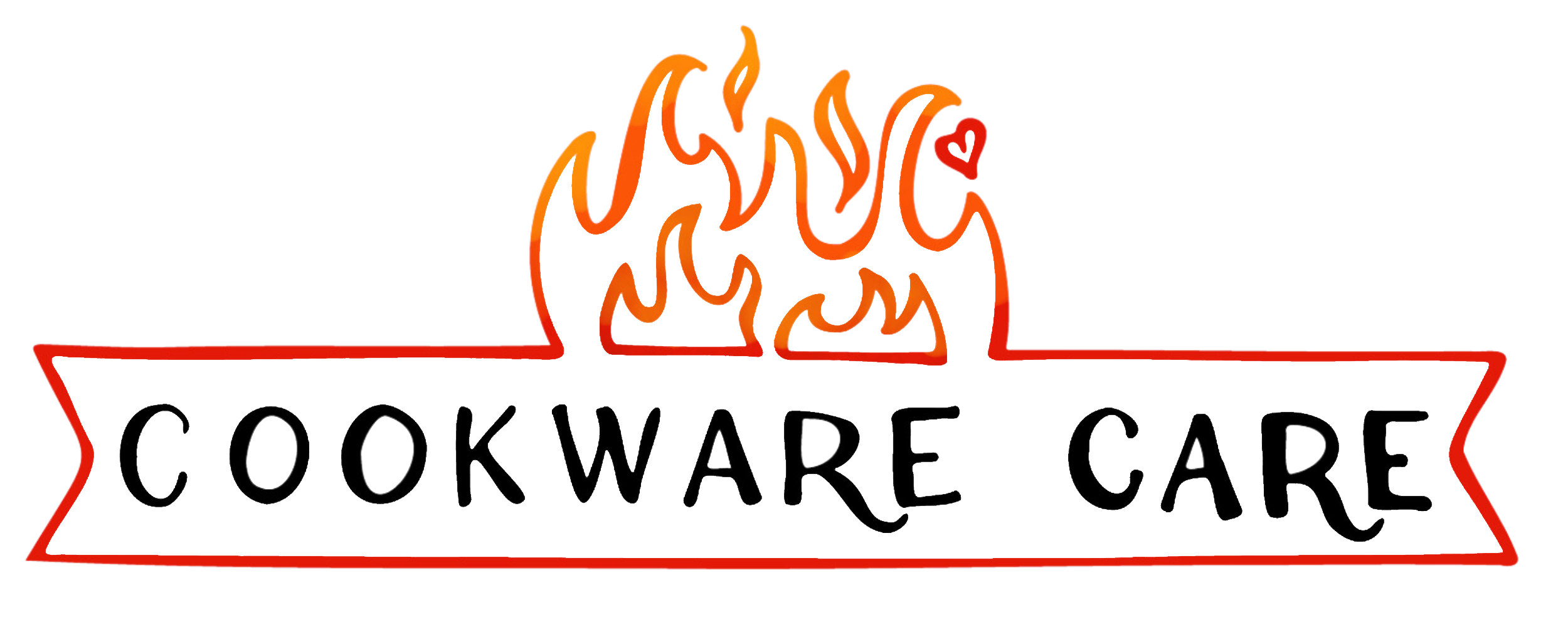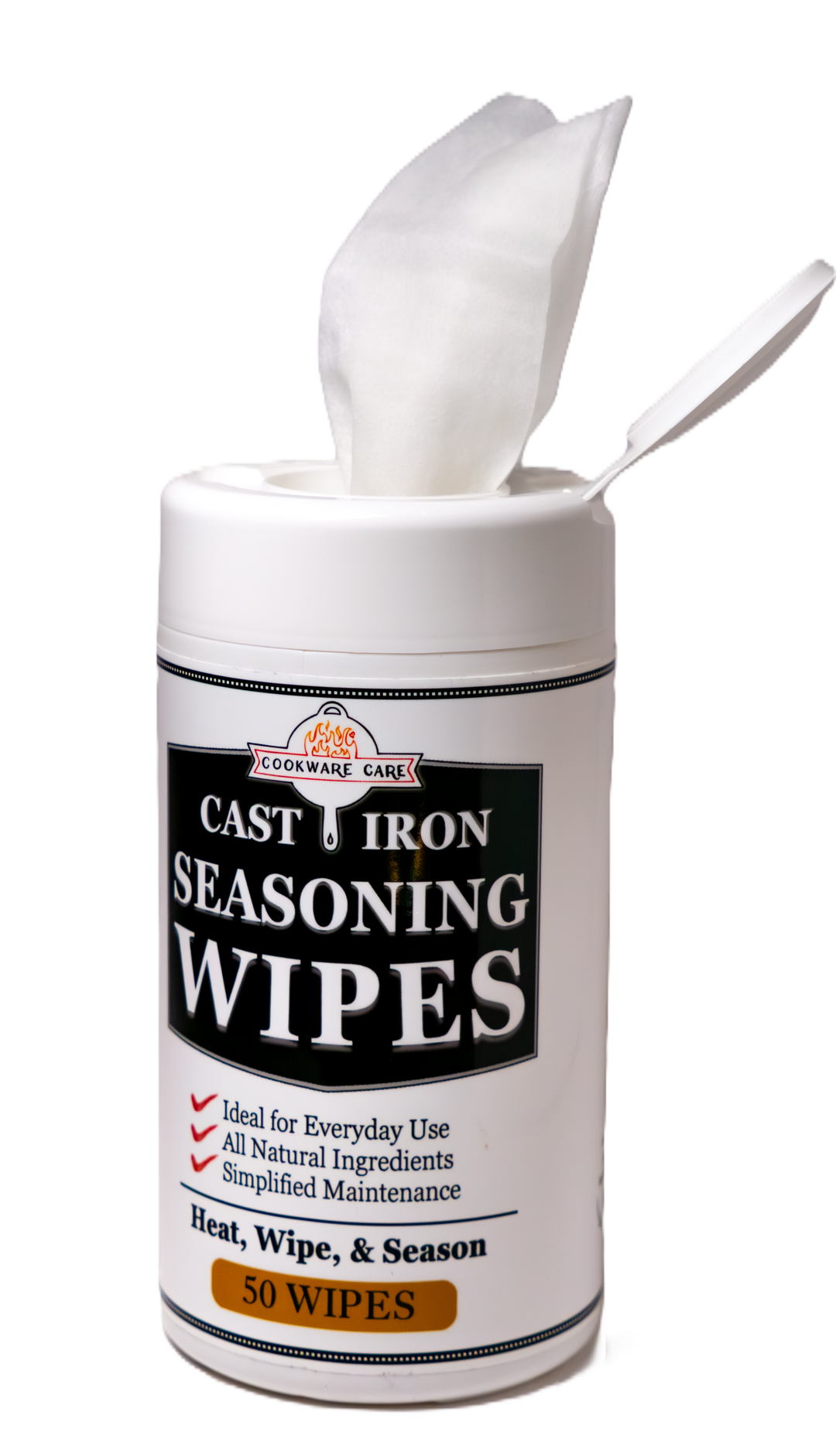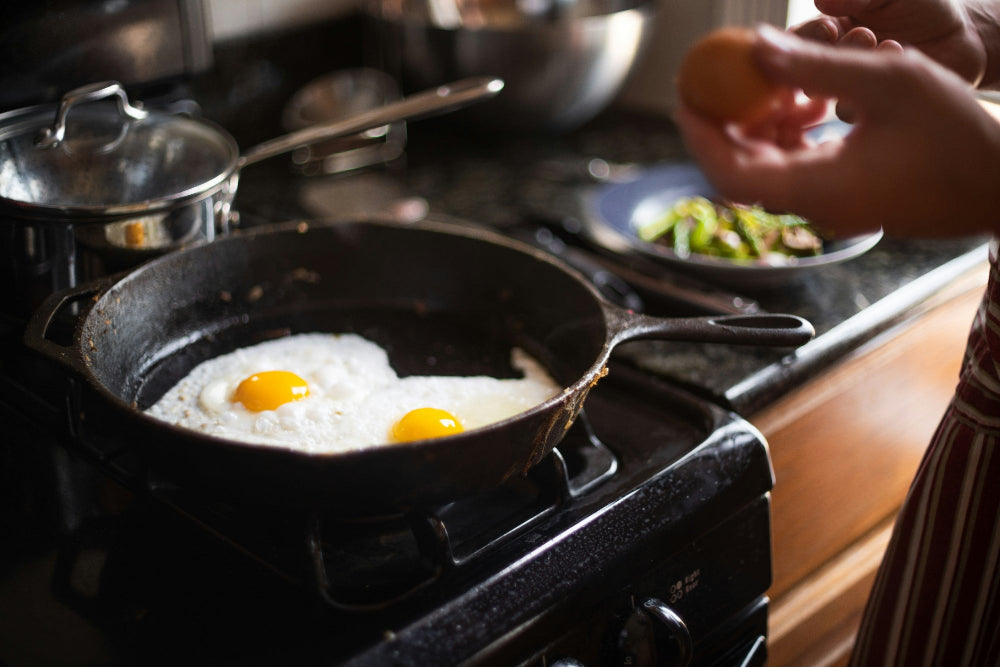In today's kitchens, nonstick cookware has become a popular choice for its ease of use. However, beneath its sleek exterior lurks a hidden danger: the use of per- and polyfluoroalkyl substances (PFAS). These chemical compounds, often found in nonstick coatings, have been linked to various health and environmental risks. On the other hand, cast iron cookware offers a safe and sustainable alternative, a culinary workhorse that has stood the test of time. This article explores the harmful effects of PFAS in nonstick cookware and advocates for the adoption of cast iron as a healthier and more responsible choice.
The Perils of PFAS
PFAS are a group of human-made chemicals that have been used in various industries due to their nonstick, water-repellent, and heat-resistant properties. In nonstick cookware, they are commonly found in the form of polytetrafluoroethylene (PTFE), better known as Teflon. While these coatings make cooking and cleaning a breeze, they come with serious health and environmental concerns.
- Health Risks: Studies have linked PFAS exposure to a range of health issues, including hormonal disruption, developmental problems in children, immune system disorders, and an increased risk of certain cancers. These chemicals can leach into food when the nonstick coating is scratched or heated above a certain temperature, especially when the cookware is worn or damaged.
- Environmental Impact: PFAS are extremely persistent in the environment and do not break down easily. When nonstick cookware is discarded or incinerated, the PFAS can enter the air, water, and soil, where they can persist for years. These chemicals have been found in water supplies, wildlife, and even human bloodstreams around the world, causing widespread ecological damage.
The Benefits of Cast Iron Cookware
- Durability and Longevity: Cast iron cookware is renowned for its exceptional durability. With proper care, it can last for generations, reducing waste and the need for frequent replacements. Unlike nonstick coatings that wear off over time, cast iron develops a natural nonstick surface known as seasoning, achieved through the buildup of oils over repeated use.
- Versatility: Cast iron cookware can be used on any stovetop, including gas, electric, and induction. Its ability to distribute heat evenly makes it ideal for searing, frying, baking, and even slow cooking. Cast iron can also be used in the oven, making it a versatile tool in the kitchen.
- Added Iron to Your Diet: Cooking with cast iron can boost your iron intake. Small amounts of iron leach into food during the cooking process, especially when preparing acidic or high-moisture dishes. This benefit is particularly important for individuals who are at risk of iron deficiency.
- Chemical-Free Cooking: Unlike traditional nonstick cookware, cast iron is free from harmful coatings. With no risk of chemicals leaching into your food - except iron, you can cook with peace of mind. It's important to note that seasoning cast iron properly and using healthy cooking oils further enhances its nonstick properties.
With all that said
While nonstick cookware may offer convenience, the potential risks associated with PFAS cannot be overlooked. Opting for cast iron cookware provides a safer alternative without compromising on cooking performance or versatility. By making the switch to cast iron, you can embrace a chemical-free cooking experience, reduce environmental harm, and enjoy the benefits of a durable and reliable kitchen companion.
Remember, the choices we make in our kitchens have a profound impact on our health and the world around us. So, consider investing in a cast iron skillet or Dutch oven and embark on a healthier, more sustainable culinary journey.
Sources:
- Per- and Polyfluoroalkyl Substance Toxicity and Human Health Review: Current State of Knowledge and Strategies for Informing Future Research - PMC (nih.gov)
- PFAS in Food: Dietary Sources, Health Risks, and Safety (consumernotice.org)
- PFAS | Water Contamination, Exposure & Cancer Risk (consumernotice.org)
- What Products Contain PFAS & How to Protect Yourself (consumernotice.org)







